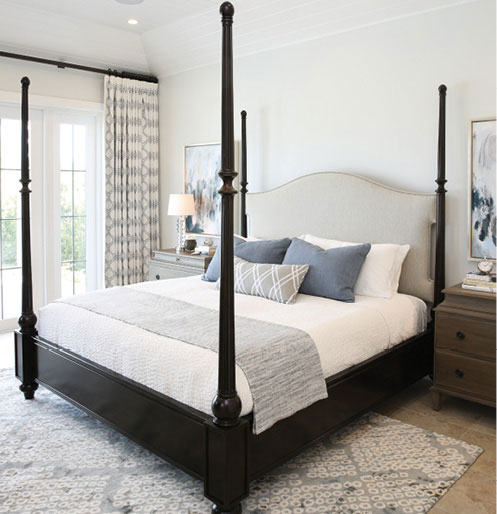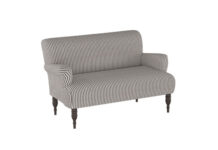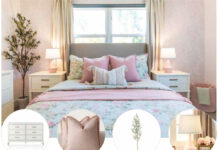 Lydia Uzzell of Lydia Uzzell Interior Design, and HÜIS Cayman, provides need-to-know tips on a subject often agonised over by homeowners.
Lydia Uzzell of Lydia Uzzell Interior Design, and HÜIS Cayman, provides need-to-know tips on a subject often agonised over by homeowners.
Rugs are one of the easiest ways to anchor a room, soften a space, and add texture and warmth underfoot. But one of the most common questions we get is: “What size rug should I choose?”
While we’re not big fans of hard-and-fast ‘rules’ in design (some of the most beautiful spaces break them), having a few guidelines can help take the guesswork out of rug shopping – especially if you’re designing your space without a professional.
Here’s a quick, room-by-room guide to choosing the right size rug.

BEDROOM

The goal here is comfort and cohesion. A rug under the bed grounds the room and gives your feet a soft landing in the morning.
- For a queen bed, aim for a rug that’s at least 8 feet x 10 feet. This should extend beyond the sides and foot of the bed by about two inches, creating a balanced frame.
- For a king bed, a 9 foot x 12 foot rug works well.
· Don’t want to cover the whole floor? Try two runners on either side of the bed, or a smaller rug just at the foot – just be aware this can make the room feel less ‘anchored’.
LIVING ROOM

Think of the rug as the frame that pulls your seating area together.
- Ideally, all furniture legs should sit on the rug – or, at very least, the front legs of sofas and chairs.
- Too small is a common mistake. If your rug is floating like a lonely island in the middle of the room, it’s probably undersized and will make your space appear far smaller than it is.
- A good starting size is 8 feet x 10 feet for small living rooms, and 9 feet x 12 feet for average-sized living rooms. Always go larger if the space allows.
DINING ROOM
Here, it’s all about function – specifically, making sure your chairs don’t catch on the edge of the rug every time someone gets up.
 The rug should extend at least 24 inches beyond all sides of the table.
The rug should extend at least 24 inches beyond all sides of the table.- For a standard six-seater rectangular table, this usually means an 8 foot x 11 foot rug.
- Round or square tables? Choose a round or square rug that’s large enough for chairs to remain fully on the rug when pulled out.
HALLWAYS AND ENTRYWAYS
These areas can be tricky, but a well-placed runner adds polish and warmth.
- Leave at least 3-4 inches of space between the rug and the wall on each side.
- Runners should ideally fill the length of the hallway without hitting the doors.
 In entryways, choose a rug that allows the door to swing freely and visually suits the scale of the space – too small, and it can feel like an afterthought.
In entryways, choose a rug that allows the door to swing freely and visually suits the scale of the space – too small, and it can feel like an afterthought.
A FEW FINAL TIPS
- Bigger is usually better. If you’re between sizes, size up.
- Use painter’s tape to map out the rug on the floor before buying.
- Rugs don’t have to be centred in the room – they should be centred on the furniture layout.
Ultimately, trust your eye. These guidelines are a great starting point, but your space, your lifestyle, and your personal taste matter most.





























